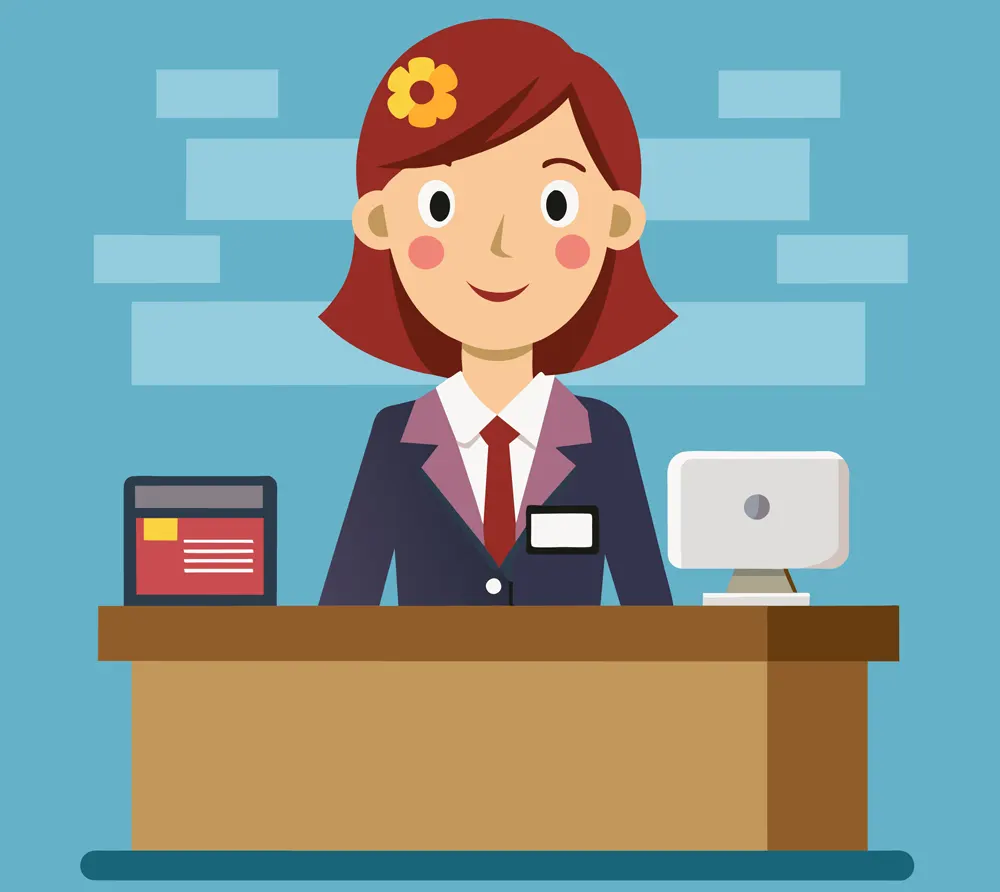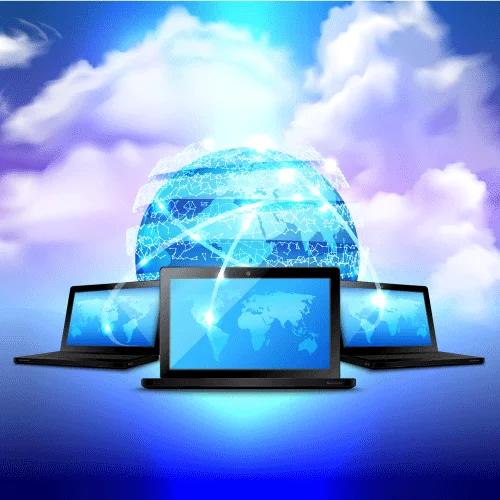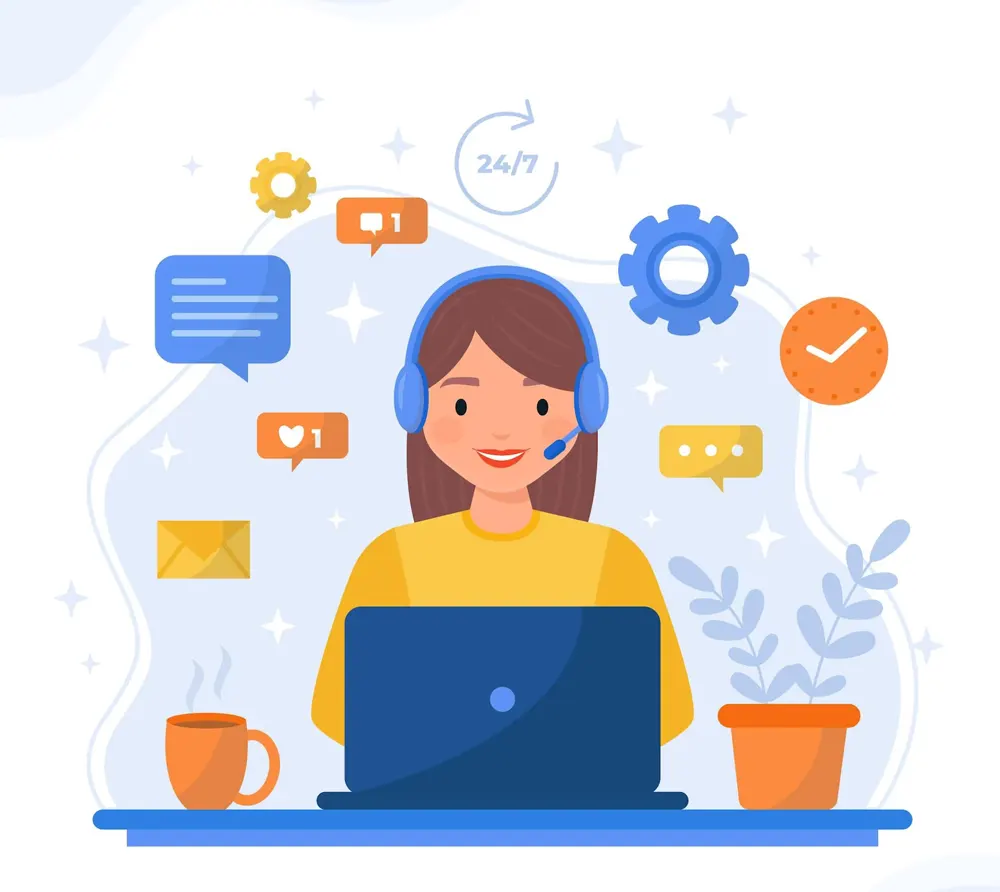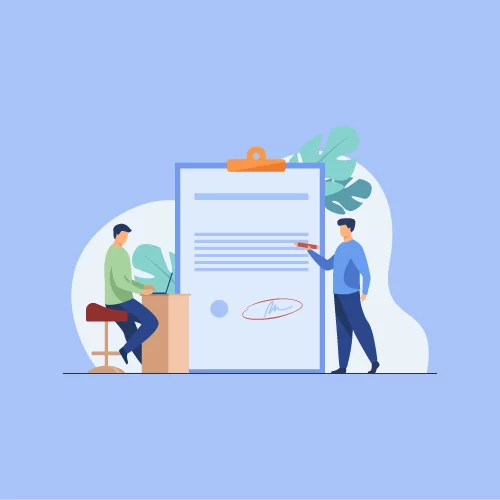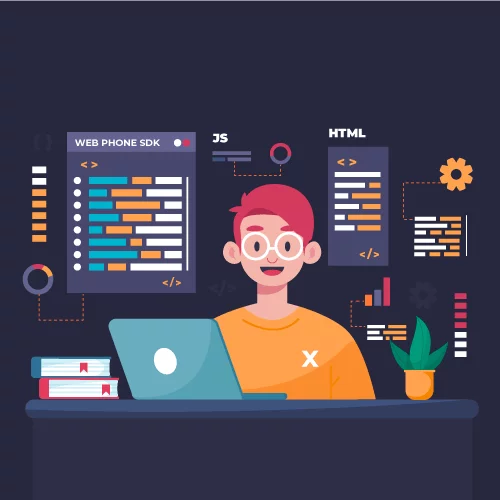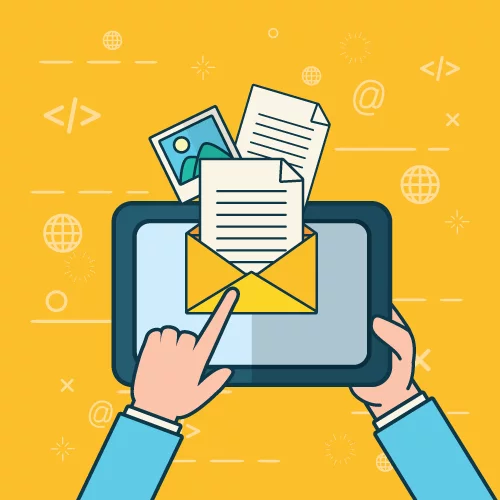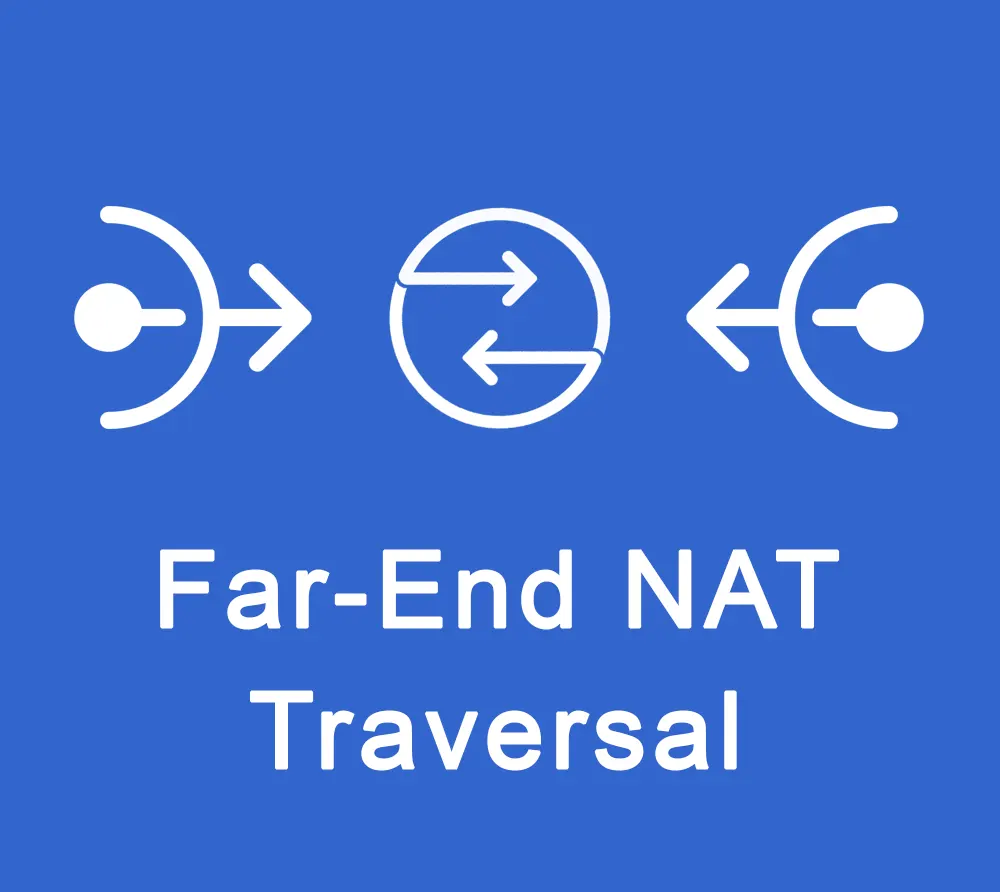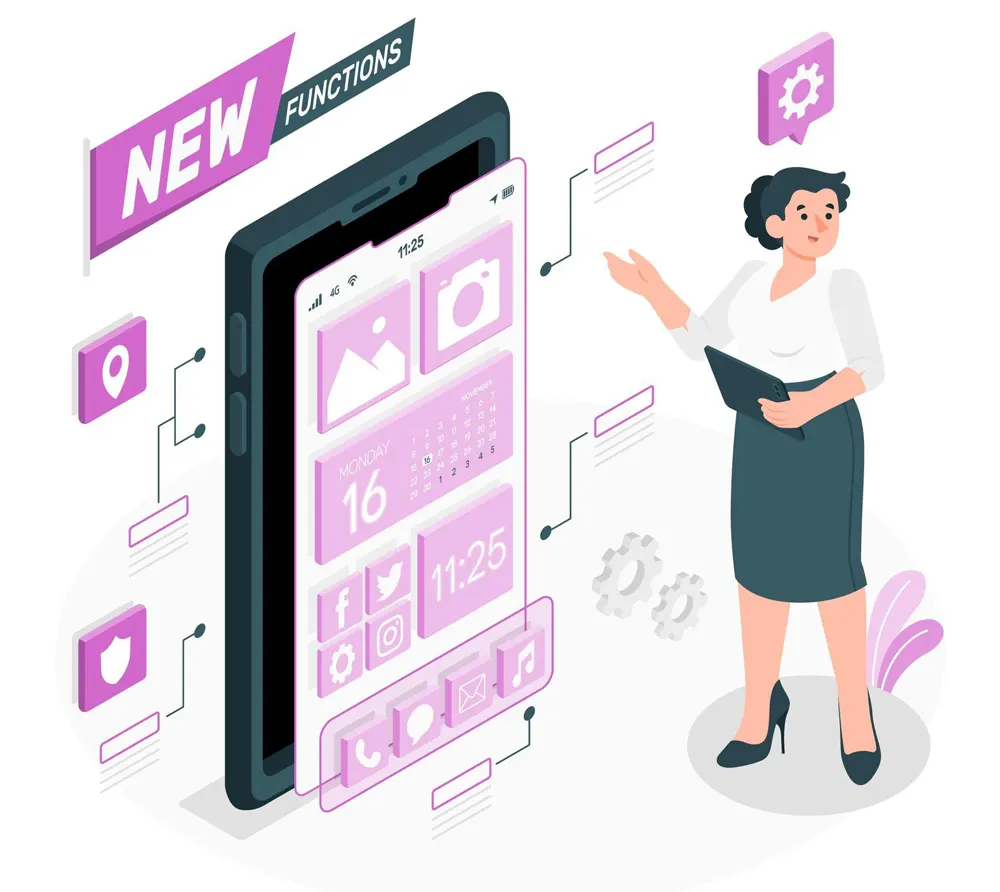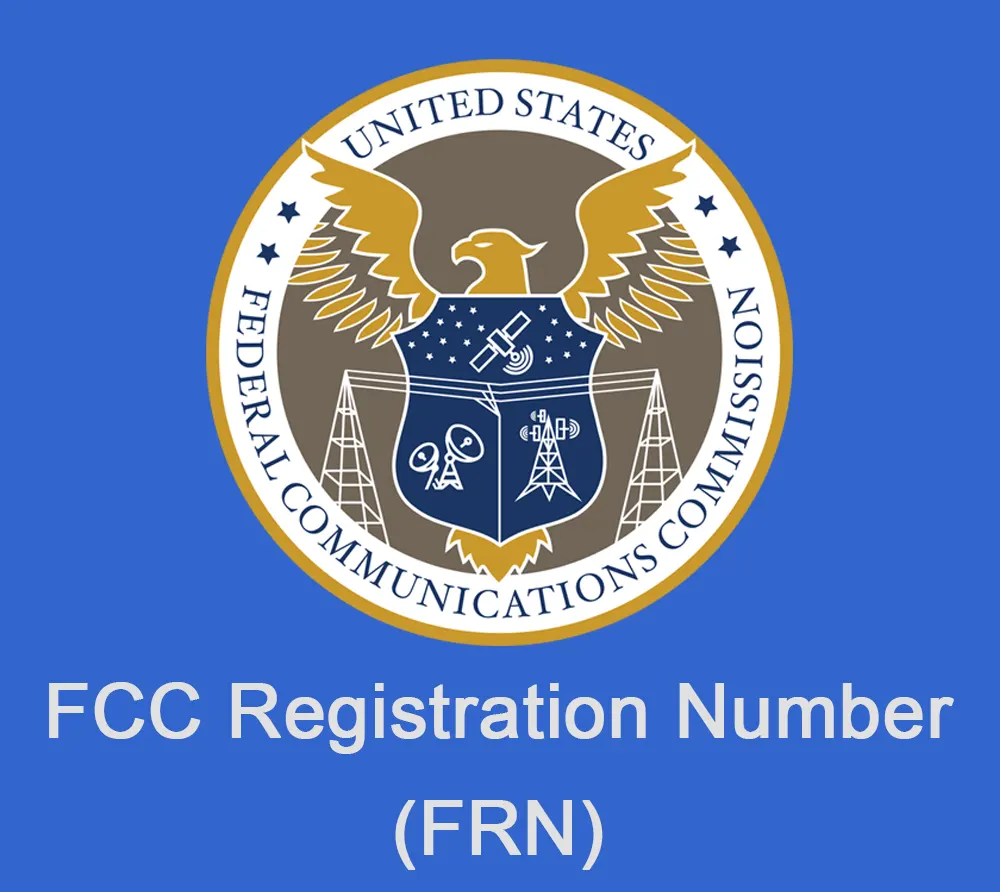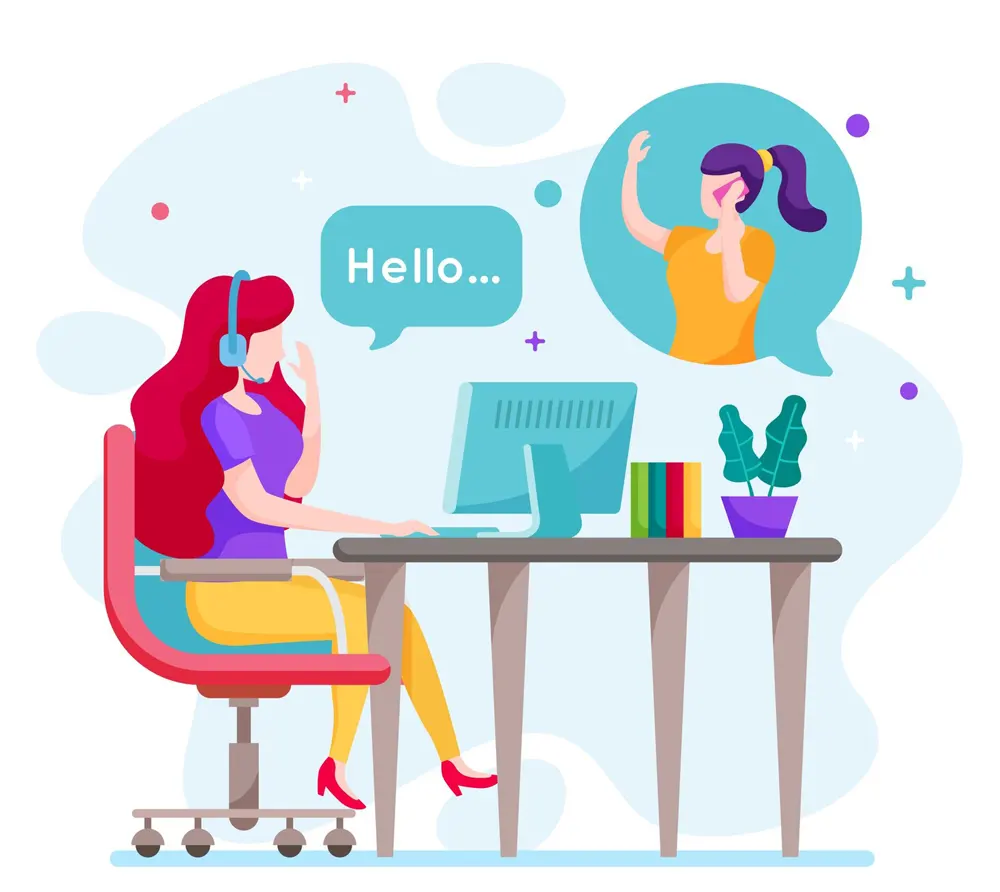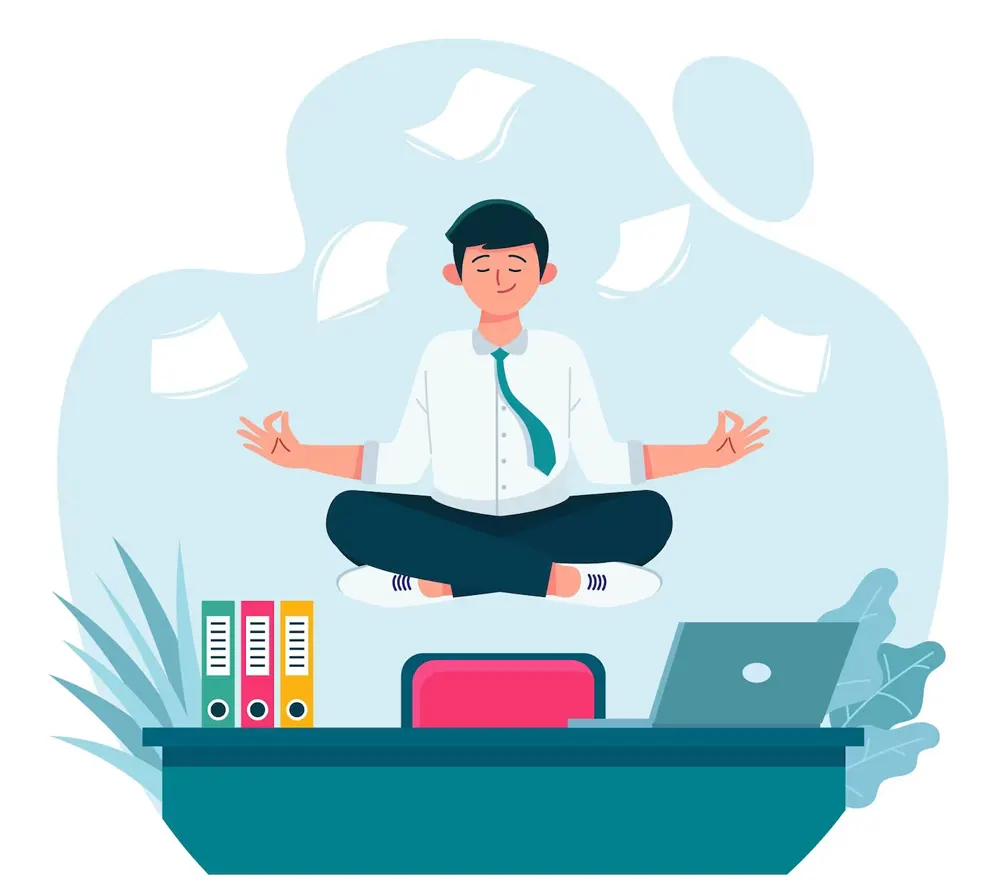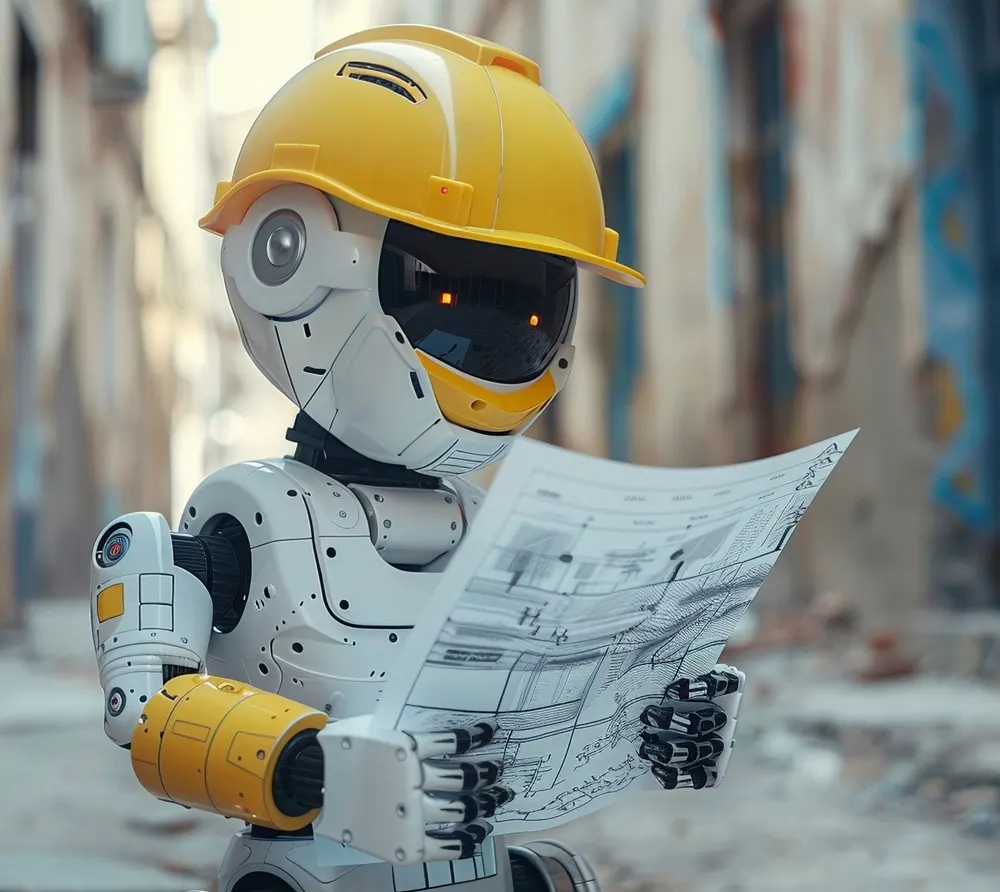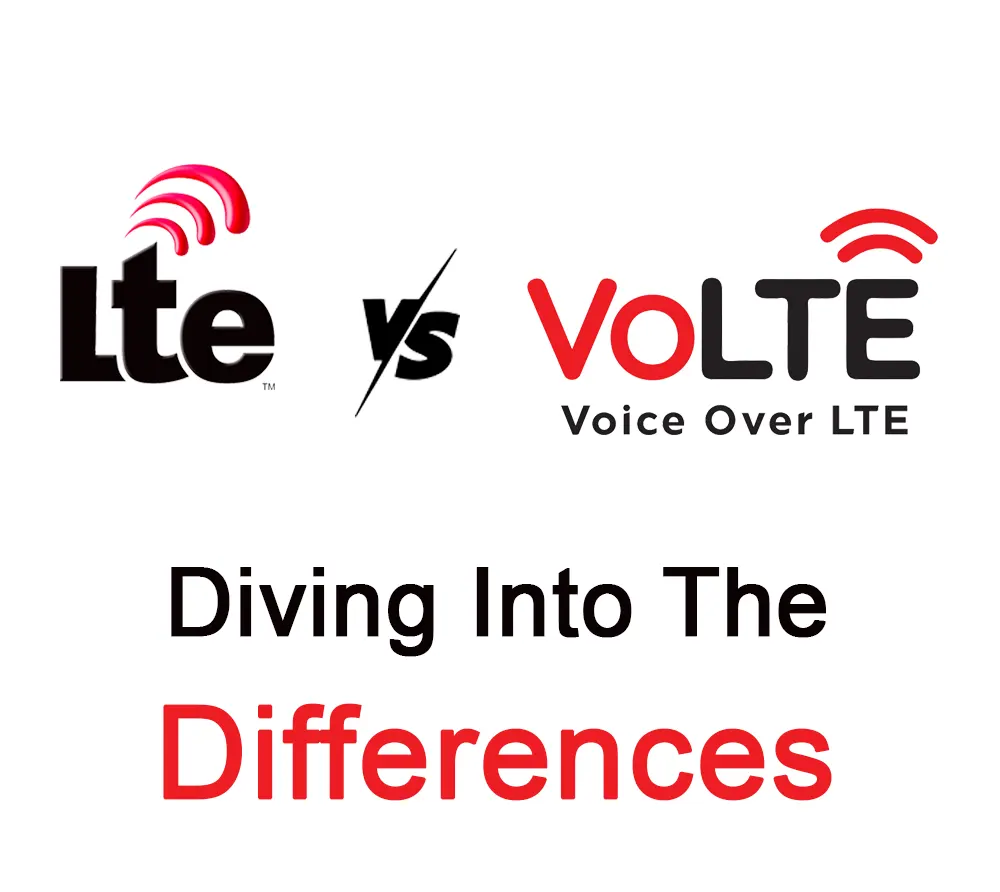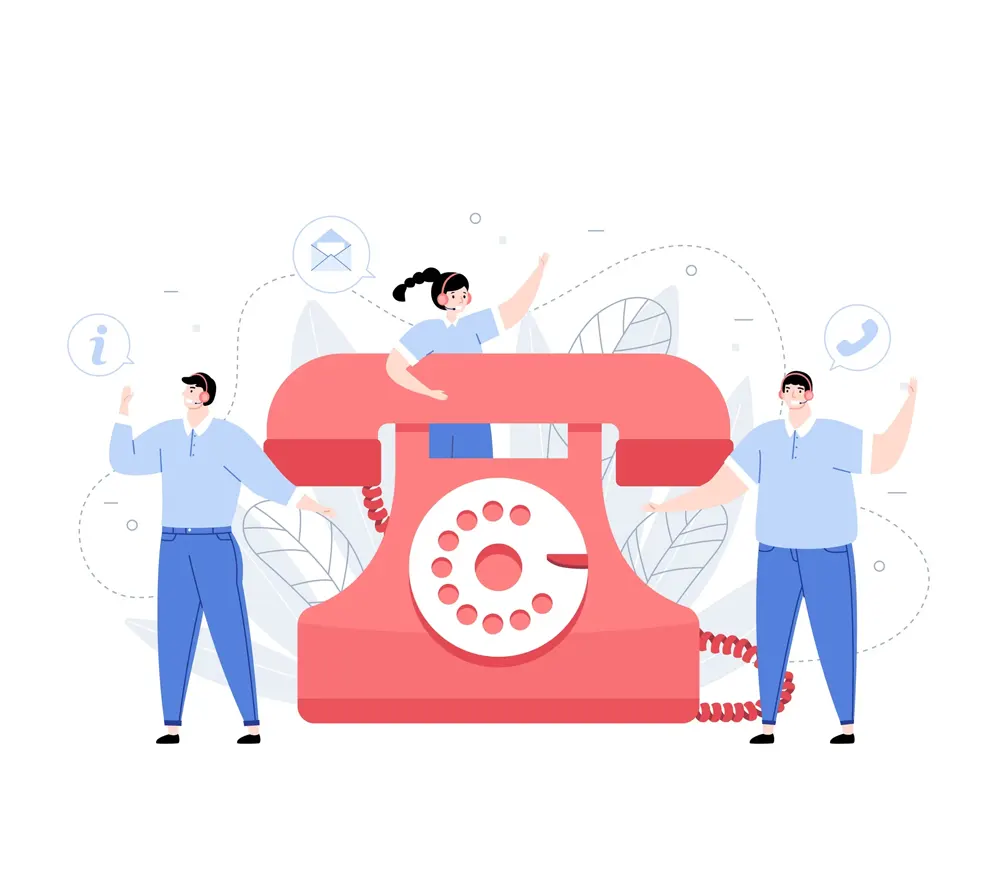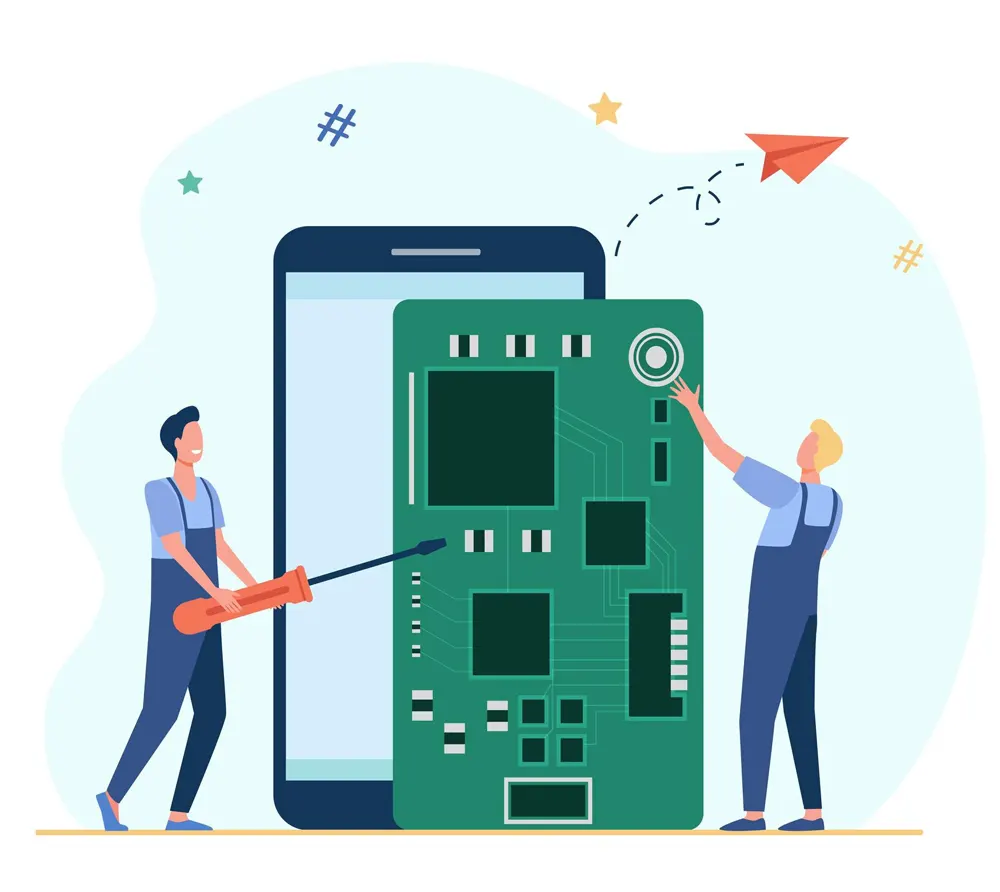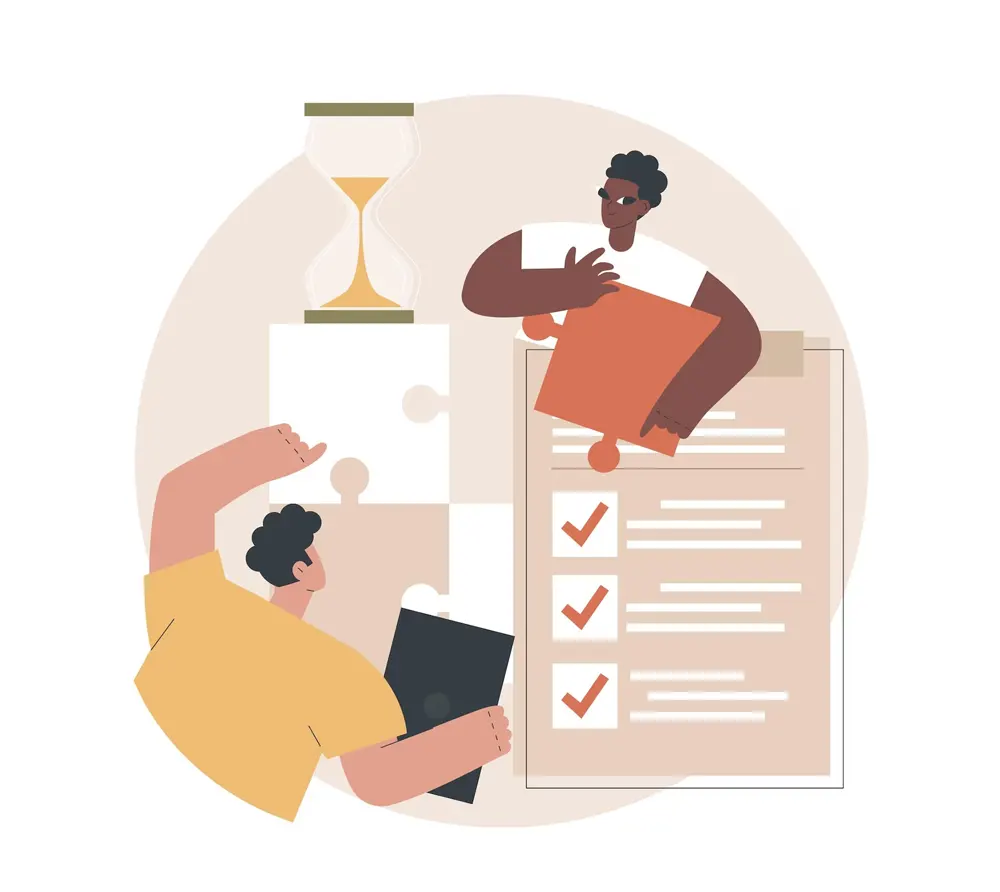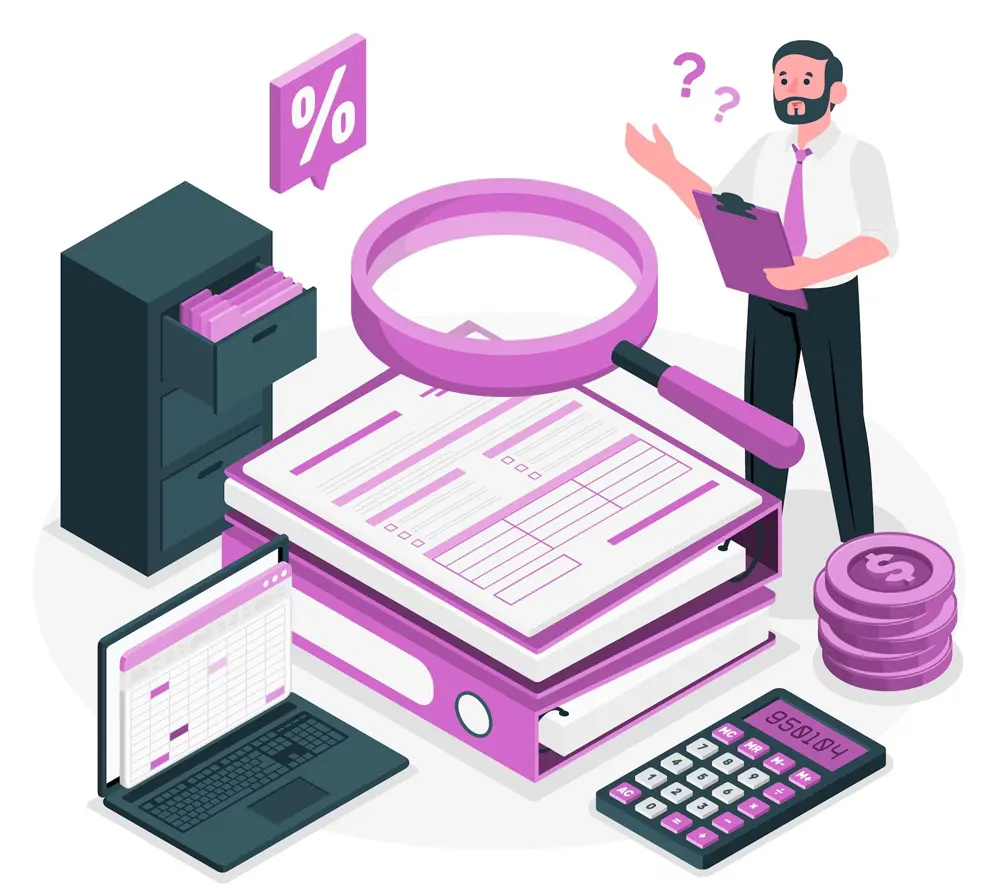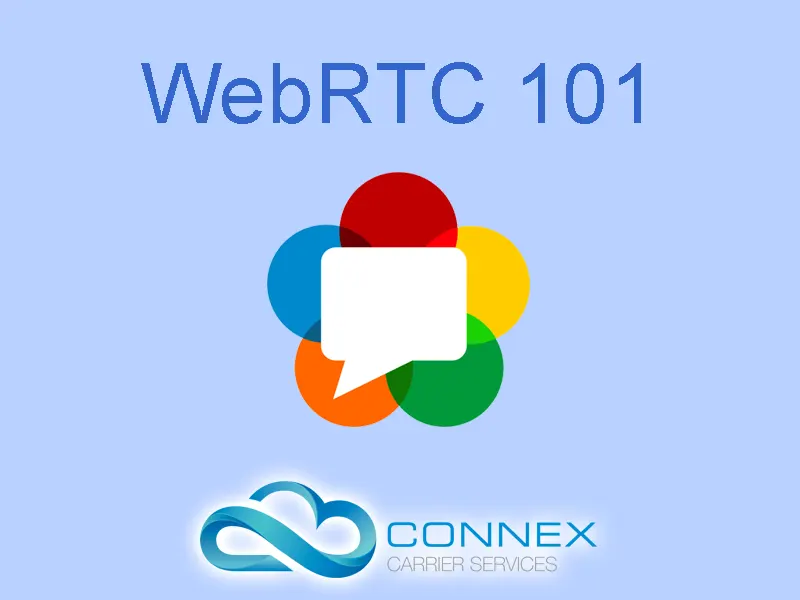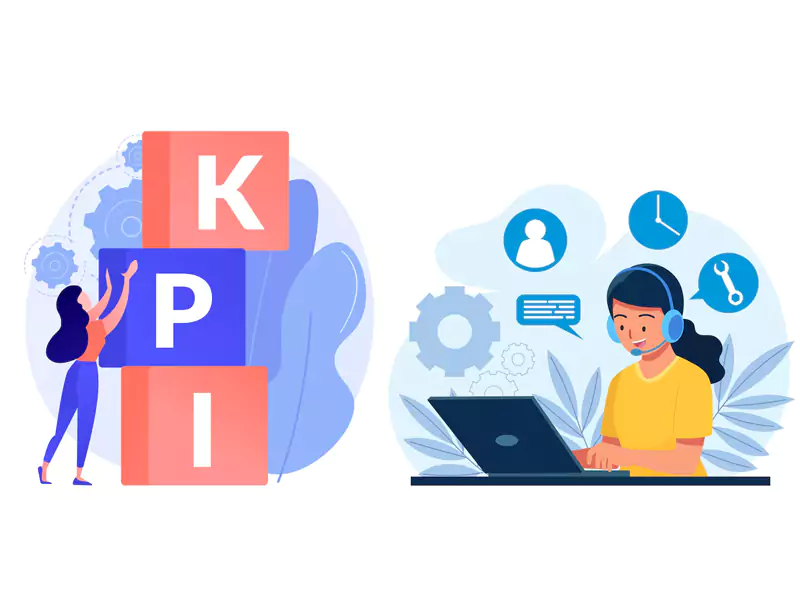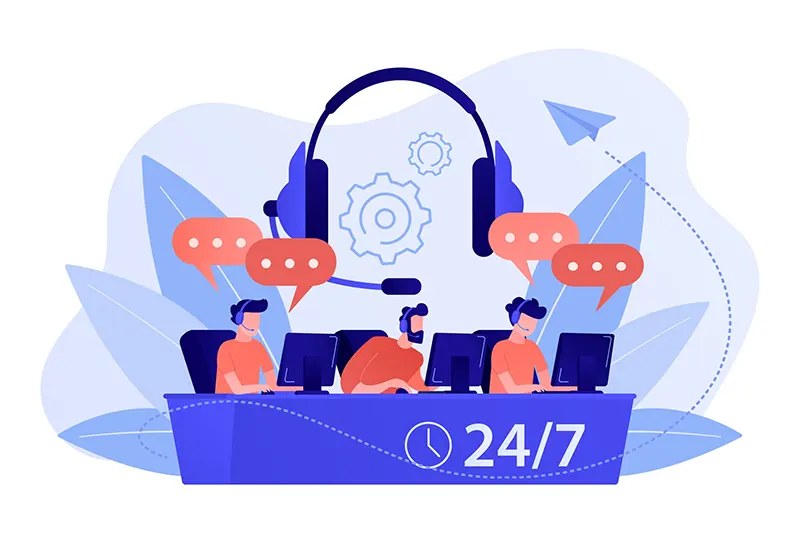Introducing ConneXML - The Best TwiML Alternative
Programmable Voice has introduced many capabilities to businesses and app developers. When you combine traditional telephony capabilities with modern software and computing, you can achieve a lot in terms of what was earlier considered impossible.
Business process automation, improved customer engagement, better customer support, effective organizational communication, and many more benefits can be attained with proficient use of programmable voice.
Now, there are many players in the market offering this capability. None among them stand out as prominently as Twilio’s TwiML. So was the case till today and we’re proud to announce that we have a programmable voice solution that’s better than TwiML.
However, before we introduce you to our solution, let’s cover some basics.
What is Programmable Voice?

Programmable Voice is a service that allows developers to integrate voice communication capabilities into their applications and services. The voice communication capabilities currently include making and receiving calls, call conferencing, Interactive Voice, etc.
Programmable Voice solutions are primarily offered by Communication Platforms as a Service (CPaaS). The communication capabilities can be directly embedded into applications and services enabling real-time communication capabilities via an API.
With Programmable Voice, developers can build applications that leverage voice communication for various purposes. These include customer support, conferencing, notifications, and interactive voice response (IVR) systems.
This service typically provides a set of APIs and software development kits (SDKs) that enable developers to manage and control voice calls programmatically.
With that covered, let’s have a glance at TwiML!
What is TwiML™?

Twilio Markup Language (TwiML) is a set of instructions that one can use to direct Twilio to execute certain actions or a series of actions while handling incoming calls and SMSs.
How does TwiML™ work?
Let’s say someone calls into your Twilio numbers or to your application seeking support. The moment the call is received, Twilio will look up the URL associated with the number or application.
Once identified, Twilio checks if there are any instruction sets associated with that particular number or application. If there is a set of predefined instructions, Twilio will execute those as per the sequence.
This may include guiding the customer through an IVR menu, recording a call, routing the call to the correct department, playing a certain message, etc.
Essentially, TwiML is an XML document with special tags (generic actions / instructions) that allow you to put together and build your Programmable Voice Application.
Now that you know TwiML, we can head on and find out about our alternative to it which is far more capable and affordable!
Introducing ConneXML - The best TwiML™ Alternative

In essence, ConneXML is similar in function to TwiML. It does everything that TwiML does and more and at a far more affordable price. Let’s just say that the possibilities of problem-solving potential are endless with ConneXML.
This is thanks to ConnexCS’s App platform. A no-code drag-and-drop application builder within the ConnexCS platform. We will explore the App Platform in detail in an upcoming blog.
So the takeaway is clear. You can do more with ConnneXML and at a UCaaS startup and independent developer-friendly price point.
The best part about ConneXML is that it is fully compatible with TwiML. A special thanks to Twilio for using generic terms for all actions and instructions in TwiML. They could've gone fancy and come up with proprietary terms for the same but they did not.
That’s a huge win for industry-wide standardization in terms of programmable voice and we hope such competition promotes better innovation.
We shall cover the functions, capabilities and examples of what you can achieve with ConneXML in a follow-up blog.
Until then stay tuned for more updates and subscribe to our newsletter!




















